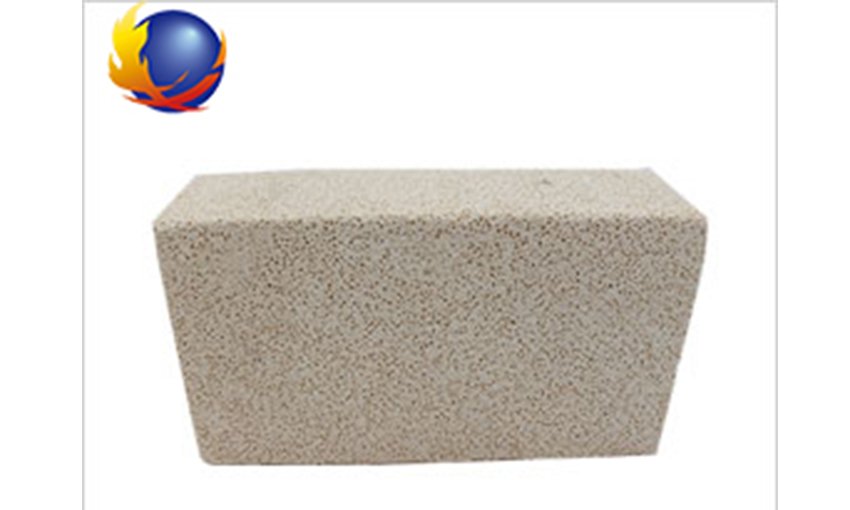Lightweight refractory brick is a fixed block shaped heat insulating refractory brick with a porous structure and a heat insulating function. Refractory brick shaped is most widely produced and used, so it is also called lightweight heat insulating brick or heat insulating brick. Lightweight insulating bricks are generally classified and named according to refractor materials or materials used in the production. For example, lightweight refractory bricks made of clay, siliceous, and high alumina materials are called lightweight clay bricks, lightweight silica bricks, lightweight high alumina refractory bricks.
What are Lightweight Insulation Bricks?

Lightweight clay bricks 1200 ~ 1400℃, more flammable method, widely used.
Lightweight high alumina brick 1500~1350℃, made by foam method, good heat resistance, used for high temperature insulation.
Light corundum brick 1600 ~ 1800 ℃, high Al203 content, the main crystal phase is corundum, can be used under restorative conditions.
Lightweight silica brick, 1220~1550℃, high softening temperature and good thermal stability.
Magnesium 1600 ~ 1800℃ Good heat resistance, high operating temperature.
Zircon, 1500 ℃, foam method, used for thermal insulation of ultra-high temperature furnace.
Zirconia: 2000 ℃ foam method, used for ultra-high temperature furnace insulation.
Cordierite: 1300°C Small thermal expansion and good resistance to falling off.
Silicon carbide, 1300 ℃, good corrosion resistance, good chipping resistance, high temperature strength.
Lightweight refractory bricks are lightweight and can avoid the loss of heat sources. They are generally used in the insulation layer of industrial furnaces to reduce the loss of heat storage in industrial kiln masonry and heat loss from the outside of the furnace. Lightweight brick refers to refractory bricks with a bulk density of less than 1.3g/cm3. The refractory materials used for the refractory materials after compounding, forming and roasting can be made into standard scales and custom scales according to requirements.
How is lightweight refractory brick made?
1 directly cut into natural bricks from natural porous lightweight rock.
2 using natural or artificial porous lightweight materials as materials for brick making.
3 In the mud guess, participate in combustible materials that are easily burned, such as sawdust, carbonized rice husks, polystyrene light balls; or participate in the enhancement of substances, such as naphthalene, burn out, and evaporate to form a porous structure.
4 Participate in the foaming agent, such as rosin soap, in the mud guess, and obtain a porous structure after firing.
5 Participate in carbonate, aluminum powder and hydrochloric acid in mud guessing, and release a gas by chemical reaction to form a porous structure. In general, more methods are used in the second to fourth methods.
What should be paid attention to when using lightweight refractory bricks
The use of lightweight refractory bricks should be considered
1, the use environment.
2, the use temperature.
3, thermal insulation effect and use requirements.
4, budget.
Where to buy light fire brick locally
Zhengzhou Rongsheng Kiln Refractory Company's production base is in Xinmi, producing refractory bricks, lightweight bricks, ramming materials, castables and other refractory materials all the year round. If you need, please contact.


